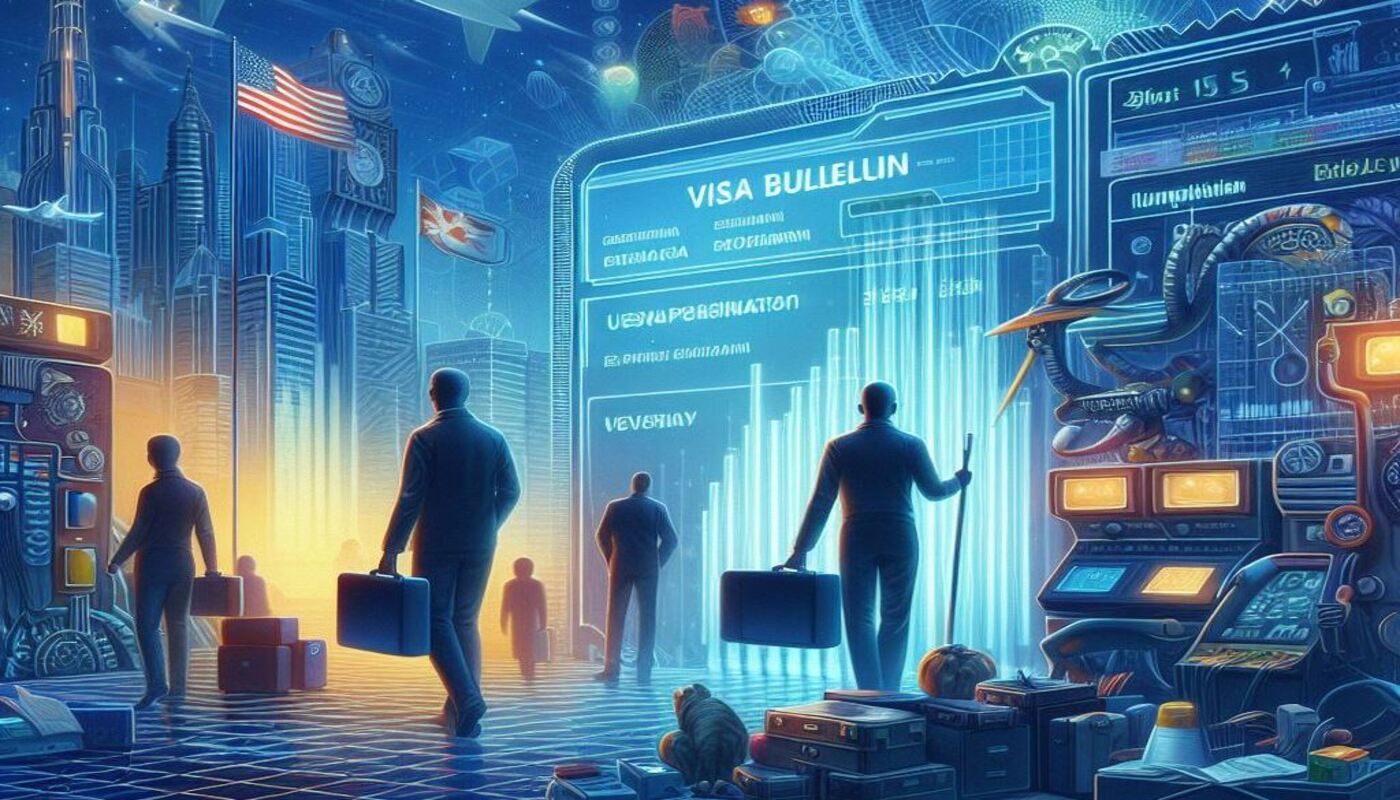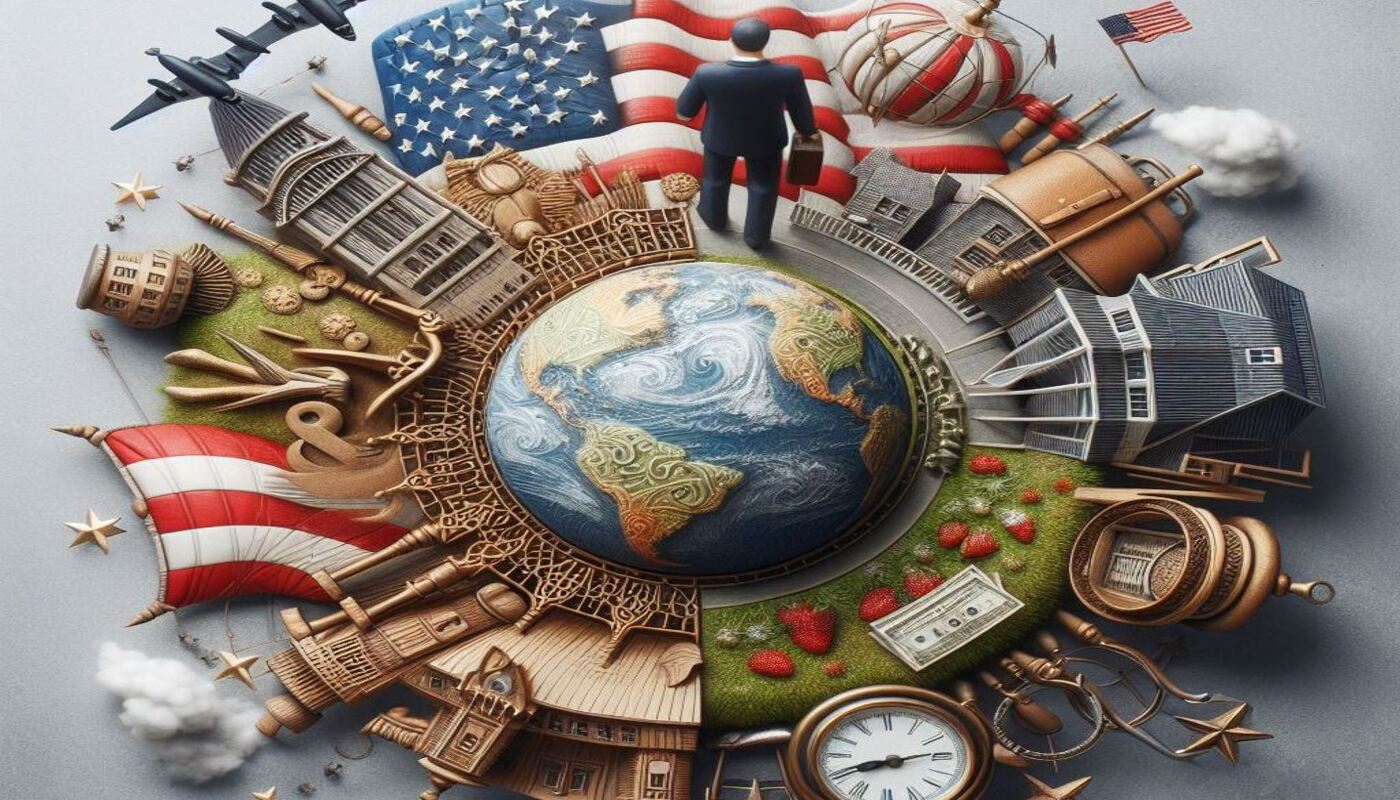As America grapples with a rapidly aging population, experts highlight immigration as a crucial factor in addressing the impending challenges. In 2021, over 1.5 million individuals, including almost 640,000 job seekers, immigrated to the U.S., marking an exceptional year amidst policy shifts and global dynamics. The aging trend in the U.S., where nearly 1 in 6 Americans is 65 or older today, is projected to accelerate, reaching nearly 1 in 4 by 2050.
This demographic shift raises critical questions about sustaining the economy, filling job markets, and supporting age-related entitlement programs. Immigration emerges as a potential solution, already contributing significantly to the nation’s population growth. Between 1965 and 2015, immigrants accounted for 55% of total population growth, and currently, 13.6% of the U.S. population is foreign-born.
Southern California, particularly Los Angeles, Orange, Riverside, and San Bernardino counties, stands out as one of the most immigrant-friendly regions. Approximately 1 in 3 residents, totaling almost 5.2 million individuals, is foreign-born. Amidst political debates, the aging boom brings new urgency to discussions on immigration policies and their role in maintaining a balanced workforce.
Experts emphasize that immigrants, despite some misconceptions, contribute significantly to various sectors, including healthcare. They play a vital role in sustaining Social Security and Medicare, crucial programs facing strain as the population ages. While immigration is not a panacea, it is viewed as an essential component of a broader strategy to mitigate the challenges associated with an aging society.
As the U.S. population heads towards a demographic transformation resembling older countries like Japan, Italy, and Finland, the need for younger workers becomes increasingly urgent. Countries such as Canada, Finland, and even Japan have implemented policies to attract foreign talent, recognizing the importance of a diverse workforce.
Amidst debates on immigration levels and policies, the conversation is shifting to consider the economic and demographic implications. The Census Bureau’s projections rely on sustained immigration rates, with about 1.1 million net newcomers annually. However, the growing dissent regarding immigration levels poses potential challenges.
While some argue for fewer arrivals, citing cultural concerns, others stress the historical role of immigration in shaping American culture. As the political landscape evolves, immigration’s economic significance, particularly in addressing the aging demographic challenge, is expected to play a more prominent role in policy discussions.
Source: Mercury News
















